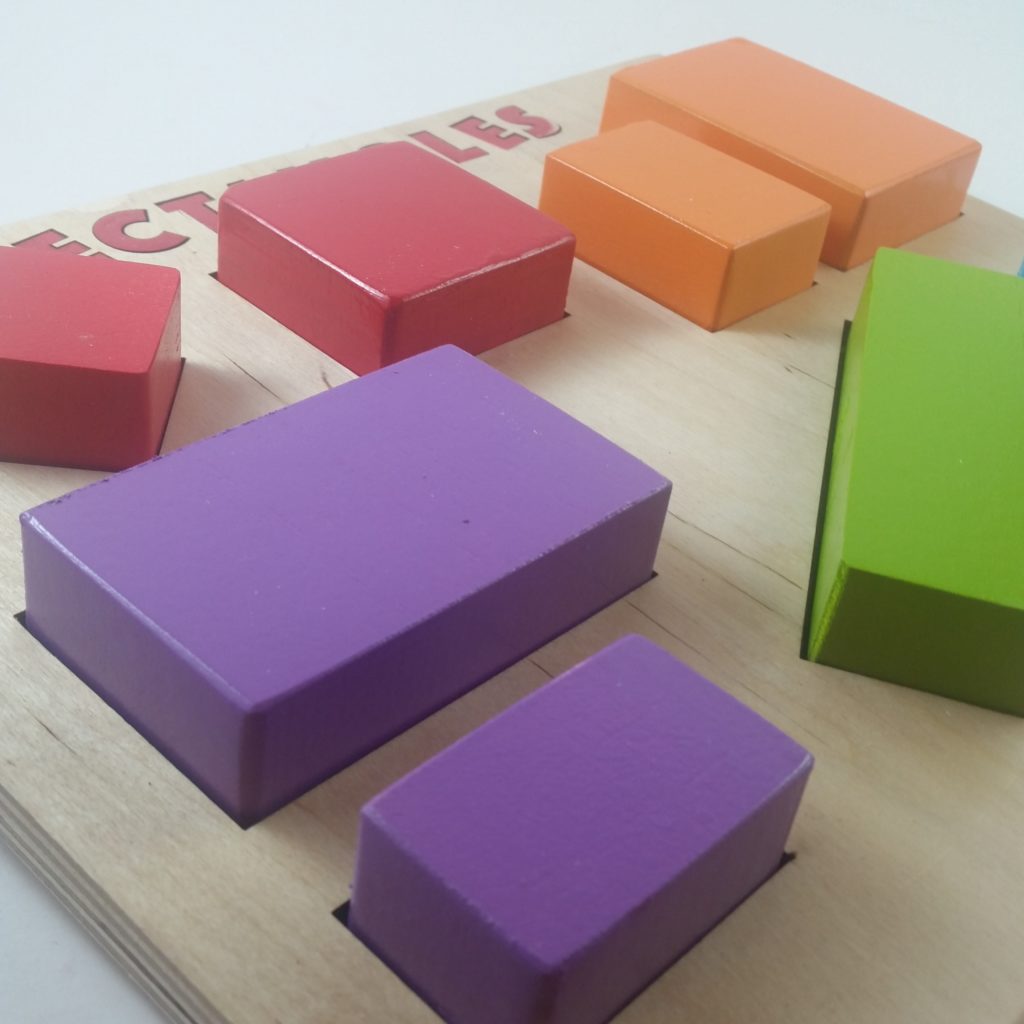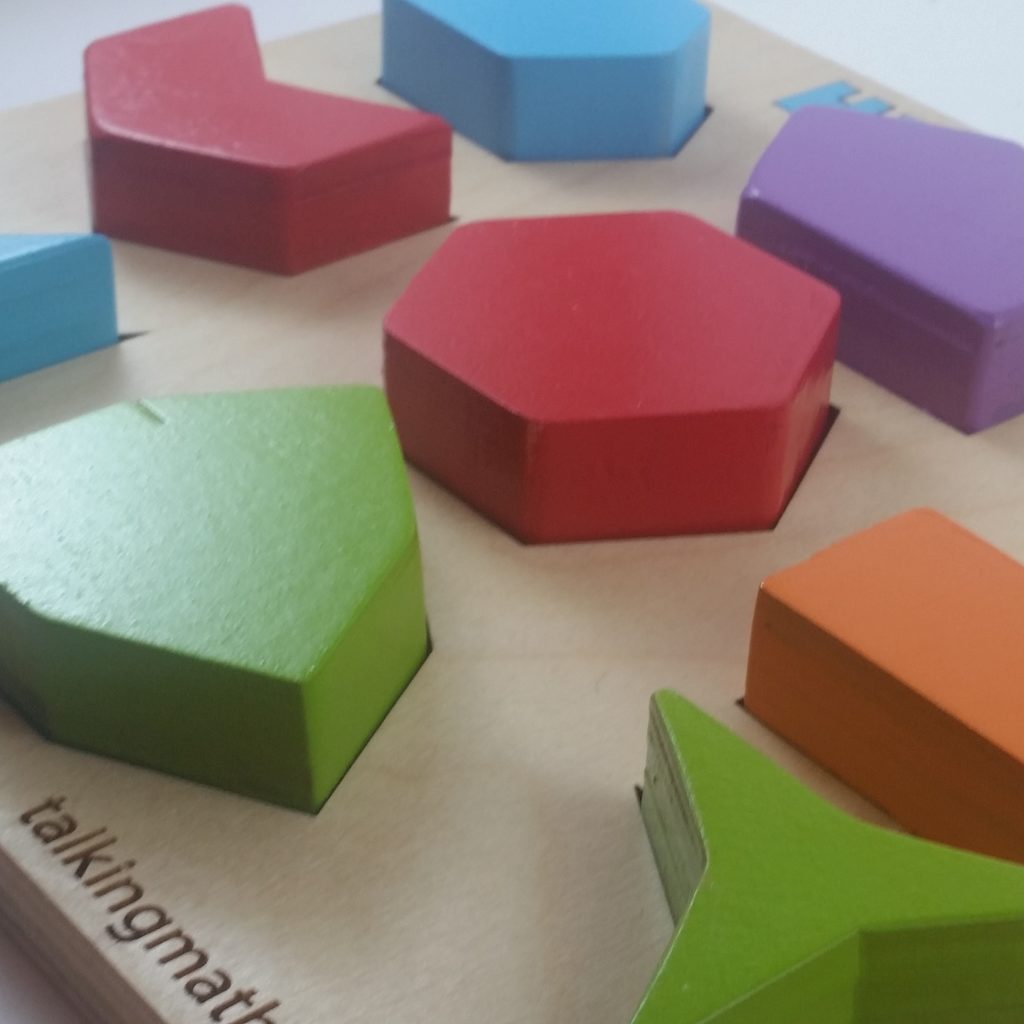Getting ready for the new year, I decided to look back at the history of my newsletter (which comes out about 8 times per year; you can browse the archives and subscribe at this link.) I found this post from almost three years ago, and it feels very true to thing I’m working on now. So I thought I’d share it on the blog. Enjoy.
—
I talked to my resident 12 year old about the research I’ve been reading, and it went pretty much as the research would predict.
Me: So without listing them out, just give me a number. How many differences do you think you can list between cucumbers and zucchinis?
She: Eight.
Me: Got it. Now list some differences.
She: Wait! Why did I say eight? I can’t even really think of one right now!
The idea behind the research is that word meaning has an essential social aspect. We rely on the fact that there are experts who know these meanings very well when accounting for differences in meaning that we know exist (but which we might not actually be able to identify ourselves). By contrast, when we know that words are actually synonyms, with almost no difference in meaning, we expect to be able to list fewer differences. We might not KNOW many differences between cucumbers and zucchinis, but we know that there ARE differences, and we trust that somebody knows them.
This is where kindergartners come in. Like the rest of us, kindergartners overestimate the number of differences they can identify between words, and as you might expect the difference between estimate and performance is magnified.
But kindergartners—unlike older children or adults—also expect to be able to list a lot of differences between words that are synonyms, such as soda and pop, or car and automobile. The researchers attributed this characteristic of kindergartners to a generalized expectation of a one-to-one correspondence between words and meanings. Each thing has one word, and each word refers to one thing.
All of this got me thinking about the shapes puzzles I’ve been playing around with (pictured below). Most shapes puzzles have a single example of each shape (and generally in a standard orientation). These puzzles (still in prototype phase) have a range of interesting and differently-oriented examples of each shape type.
What opportunities are presented by having lots of examples of rectangles, and lots of examples of hexagons? Stay tuned. I’ll let you know what I learn.


UPDATE: No longer in prototype phase, Hexagon puzzles are now available on the website.
